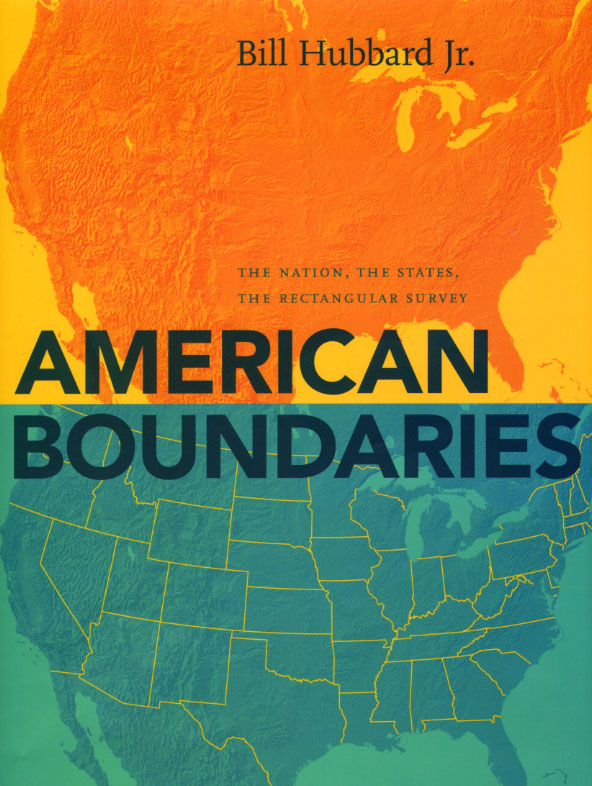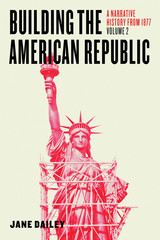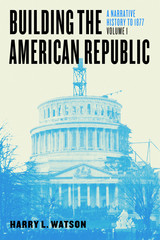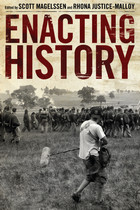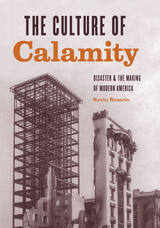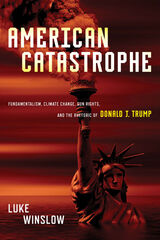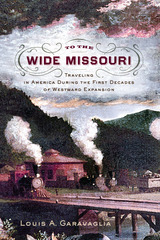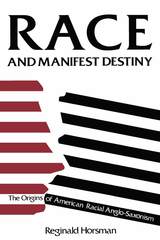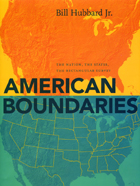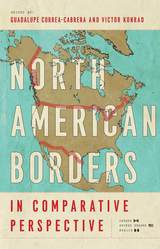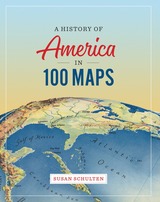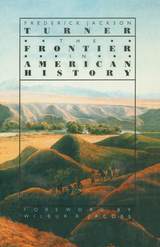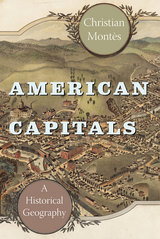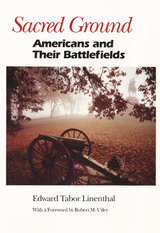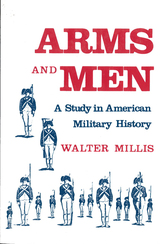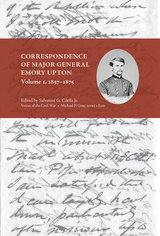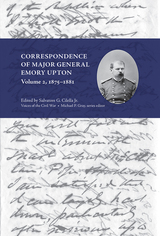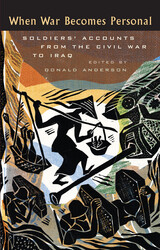American Boundaries: The Nation, the States, the Rectangular Survey
University of Chicago Press, 2009
Paper: 978-0-226-35592-4 | eISBN: 978-0-226-35593-1 | Cloth: 978-0-226-35591-7
Library of Congress Classification E179.5.H83 2009
Dewey Decimal Classification 320.120973
Paper: 978-0-226-35592-4 | eISBN: 978-0-226-35593-1 | Cloth: 978-0-226-35591-7
Library of Congress Classification E179.5.H83 2009
Dewey Decimal Classification 320.120973
ABOUT THIS BOOK | AUTHOR BIOGRAPHY | REVIEWS | TOC | REQUEST ACCESSIBLE FILE
ABOUT THIS BOOK
For anyone who has looked at a map of the United States and wondered how Texas and Oklahoma got their Panhandles, or flown over the American heartland and marveled at the vast grid spreading out in all directions below, American Boundaries will yield a welcome treasure trove of insight. The first book to chart the country’s growth using the boundary as a political and cultural focus, Bill Hubbard’s masterly narrative begins by explaining how the original thirteen colonies organized their borders and decided that unsettled lands should be held in trust for the common benefit of the people. Hubbard goes on to show—with the help of photographs, diagrams, and hundreds of maps—how the notion evolved that unsettled land should be divided into rectangles and sold to individual farmers, and how this rectangular survey spread outward from its origins in Ohio, with surveyors drawing straight lines across the face of the continent.
Mapping how each state came to have its current shape, and how the nation itself formed within its present borders, American Boundaries will provide historians, geographers, and general readers alike with the fascinating story behind those fifty distinctive jigsaw-puzzle pieces that together form the United States.
See other books on: Boundaries | Cartography | Nation | Public lands | Territorial expansion
See other titles from University of Chicago Press
